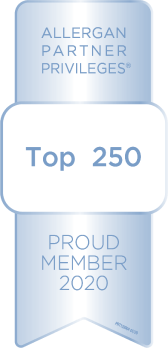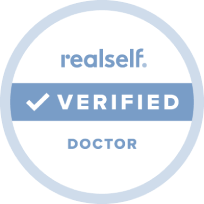Acne. Just that one little word can bring up a host of memories. Many of us endured its wrath through our teenage years and have the scars to prove it. And some of us still battle acne into adulthood. Whatever your story may be, if your face tells the tale of how acne has affected you, you will want to read this article. Here, we cover six different treatment options for improving acne scars and help guide you toward choosing the one that may be best suited to your unique situation.
Types of Acne Scars
- Ice-pick scars – deep, narrow, pitted scars
- Rolling scars – broad depressions with a sloping edge
- Boxcar scars – broad depressions with sharply defined edges
- Atrophic scars – flat, thin scars or depressed scars (anetoderma)
Treatment Options
There are several options to consider when looking to reduce the appearance of acne scars. Which you choose will depend on the type and severity of the scarring, so it’s best to schedule a consultation to talk through these options with your doctor. However, here is an overview of each different treatment.
Microdermabrasion
By gently scraping away the top layer of skin, new and fresh skin is revealed, and collagen production is stimulated. This type of deep exfoliation is effective for treating atrophic scars, those that are depressed and lie flat against the skin. This treatment is non-invasive and requires no down-time. As with laser skin resurfacing, results will be apparent in the days following your treatment and your scars will continue to improve with time.
Laser Resurfacing
Using intense light or heat, laser skin resurfacing works in an interesting way. It activates the body’s natural healing process by gently damaging the outer layer of skin cells. This stimulates the production of collagen and new, healthy skin cells. The brand new skin cells will fill in the scarred area, reducing their appearance. Treatments are generally quick, lasting less than an hour in most cases. A topical numbing cream is used on the skin to be treated and the recovery is very mild. You may experience some slight swelling, itching, or redness for a day or two. Results will be apparent a few days later and your skin will continue to improve.
Microneedling/PRP
This procedure is minimally invasive and uses tiny needles to prick the skin, essentially damaging it to stimulate new growth and collagen production. It works best for depressed scars, not those that are raised as they already contain excess collagen. As collagen is produced and the skin heals, it appears smoother and more vibrant, also reducing the appearance of the acne scars. Sometimes platelet-rich plasma (PRP) is added during microneedling to further increase new cell production. PRP is produced from a small sample of your own blood - learn more about the procedure here. Though it is a bit more invasive than the previously mentioned treatments, there is still very little down time for recovery. You will likely experience redness, mild pain, and swelling. This should subside within a few days.
Dermal Fillers
Especially effective for boxcar scars with their defined edges. Dermal fillers restore volume beneath the skin’s surface. They literally fill in the depressions left by acne. Many dermal fillers contain hyaluronic acid, which triggers an increase in collagen and elastin production, making these treatments last longer. However, the substances will eventually be absorbed by the body, which is safe though it may sound scary. That means that dermal fillers are not a permanent solution and treatments will need to be repeated to maintain the diminished appearance of scarring. The treatment itself is virtually pain free, though a topical numbing cream can be used. There is no downtime for recovery, but you may see mild redness or swelling at the injection site.
Excision for Ice-Pick Scars
This is a medical procedure that should only be done by an experienced surgeon. Because these scars are small in diameter, but are deep, they do not respond well to the resurfacing techniques we’ve discussed thus far. During an excision procedure, your surgeon will actually remove the scarred skin altogether. Stitching or grafting will be implemented to close the wound and promote healing. This procedure can, itself, cause minor scarring, so Dr. Raval usually recommends follow up resurfacing treatments to minimize that scar. Recovery from the initial procedure takes about a week and you may notice some bruising around the area. Resuming normal activity after a day or two is just fine.
Mini-Lift
As we age, our skin loses volume and elasticity. This natural process can really bring to light broad acne scarring, also known as rolling scars. With the reduced production of elastin and collagen, these scars become more visible. As they are typically widespread across the face, resurfacing may not be the answer for this type of acne scarring. Even if you haven’t considered it, a mini facelift may actually be your best option to reduce the appearance of rolling scars. Since this surgical procedure tightens the skin, it can make the scarring much less visible. There will be about a week or two of recovery time and pain, swelling, and bruising are likely. Once your face begins to heal from the surgery, though, you will be hard pressed to find those acne scars again!
Which Procedure is Best for Treating Your Acne Scars?
The answer to this question depends on a number of factors that include the type and severity of your scars. It also depends on your comfort level with each of the available treatments and whether or not you are a good candidate for any of them. Keep in mind that you will not be able to undergo any of these treatments if you are having an active breakout. Your skin must be clear and your acne in remission so that it doesn’t become worse and/or infected. There are also certain medications that can cause complications, so be sure to discuss anything you’ve been taking with your doctor.
If you’re ready to learn more about how to improve your acne scars, schedule your consultation today.
- Acne
- Botox/Dermal Fillers
- Browlift
- Chemical Peels
- Chin Augmentation
- Consultation
- Denver Facial Plastic Surgeon
- Deviated Septum
- Eyelid Procedures
- Facelifts/Necklifts
- Headaches/Excessive Sweating
- Healthy Living
- Laser Hair Removal
- Laser Treatments
- Latisse
- MedSpa
- Memberships
- Microdermabrasion
- Nasal Valve Collapse
- Non-Surgical Procedures
- Rhinoplasty
- Skin Care
- Thread Lifts
- Wrinkle Treatments


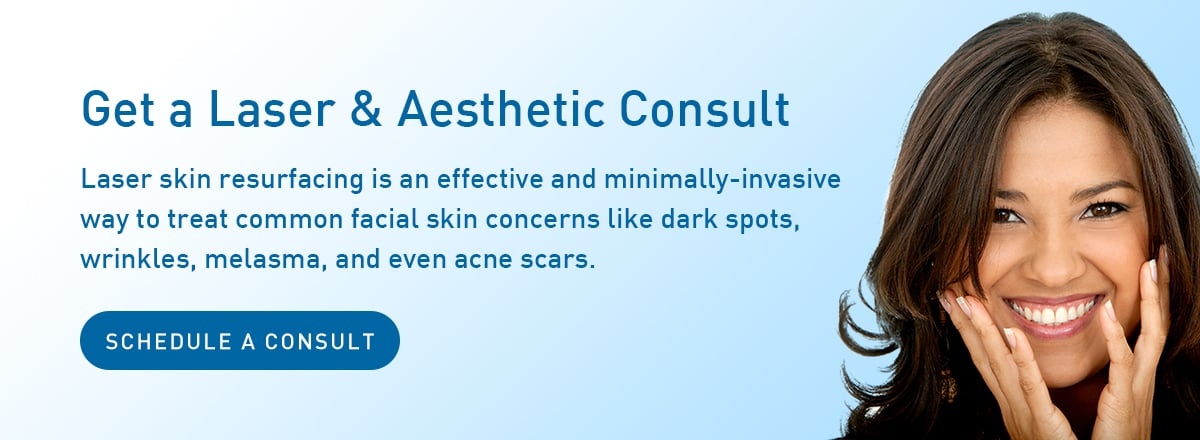
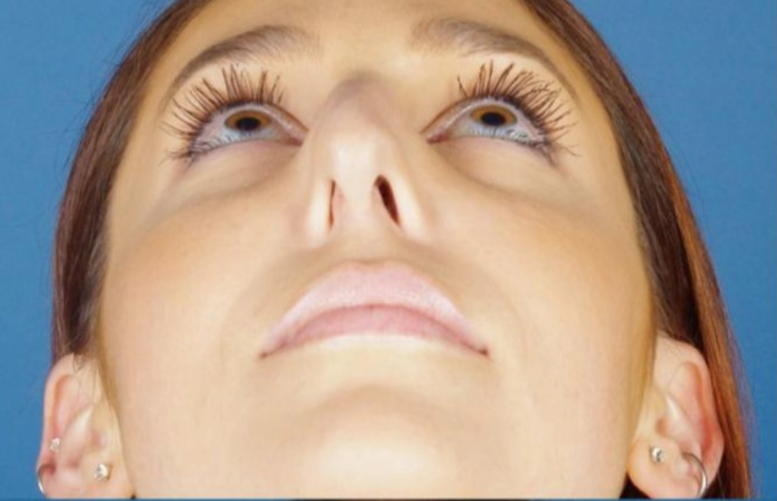
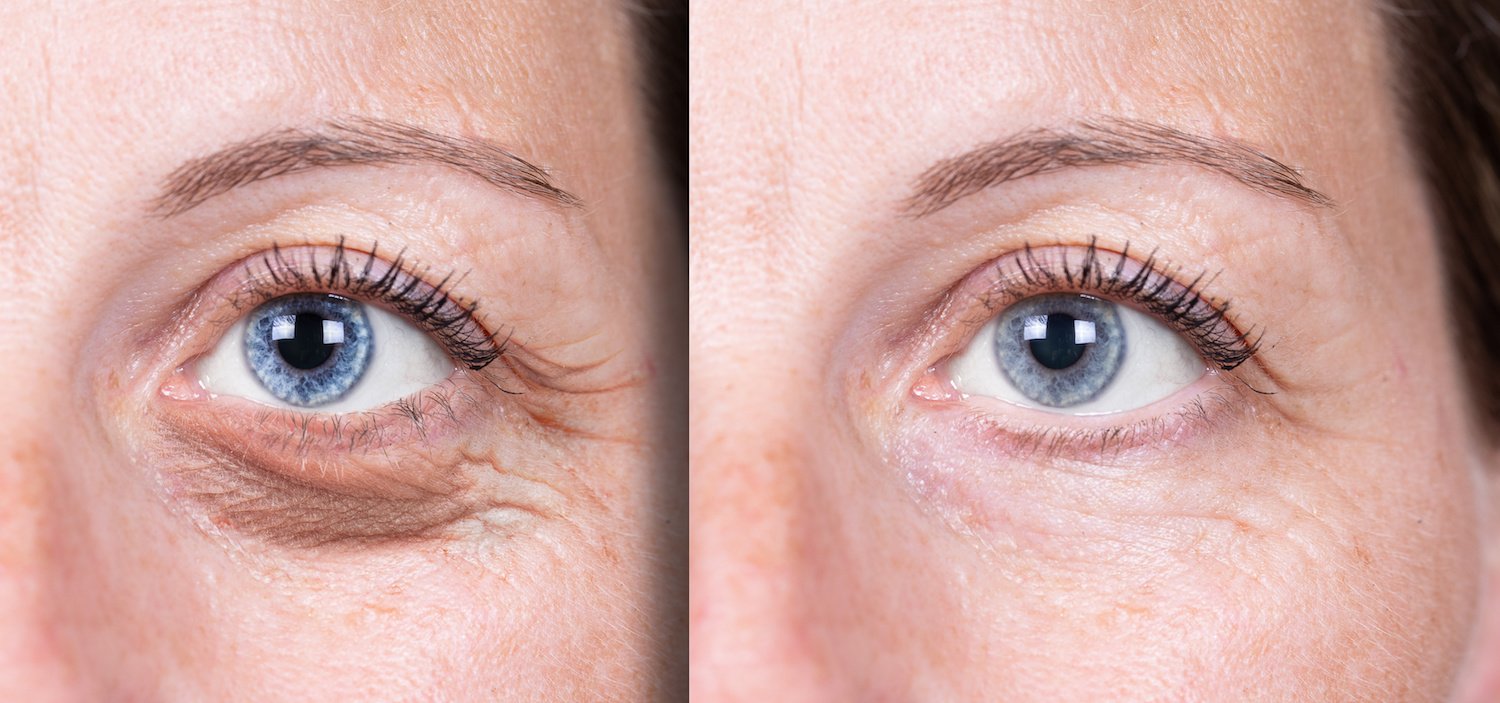
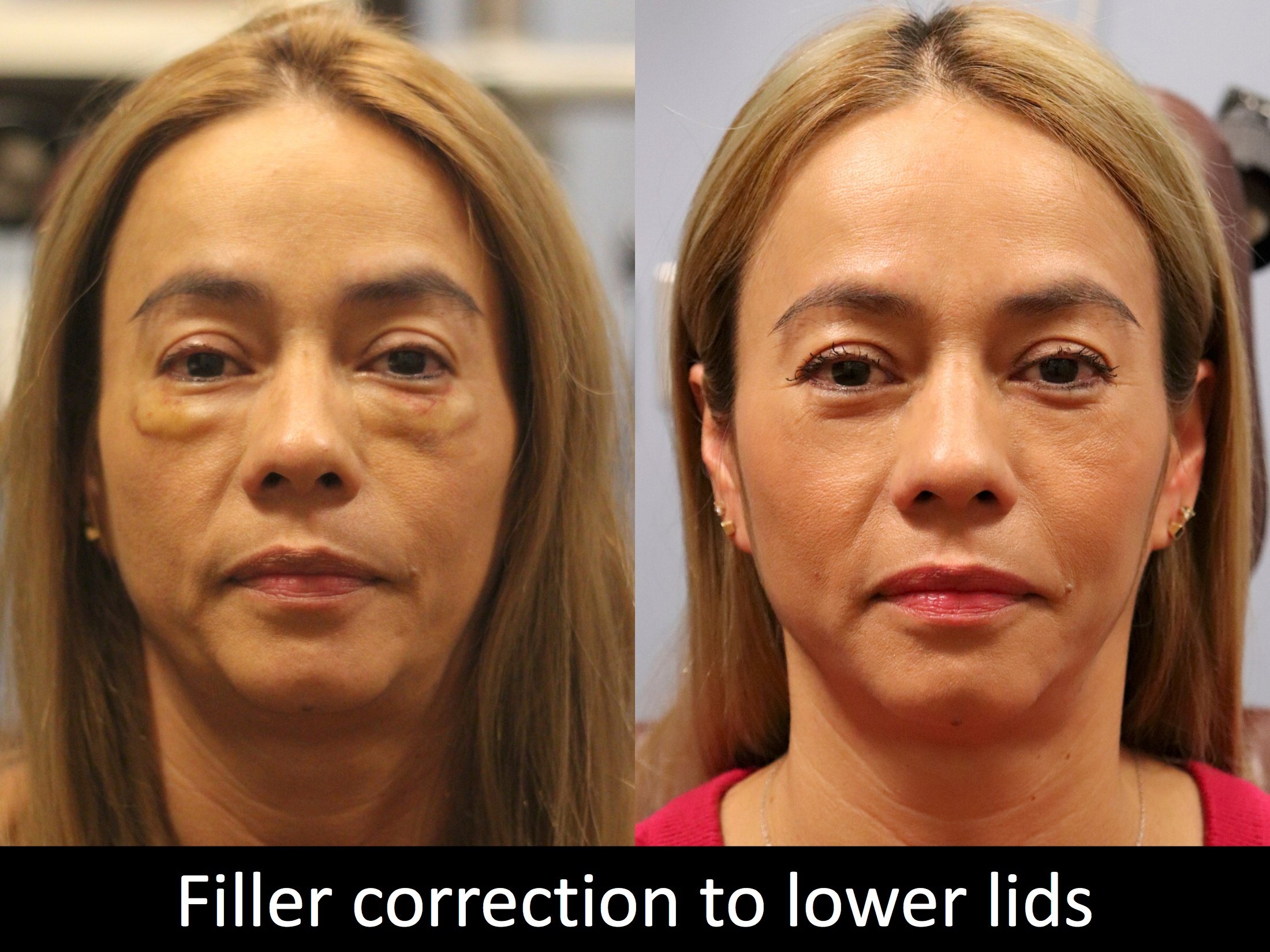
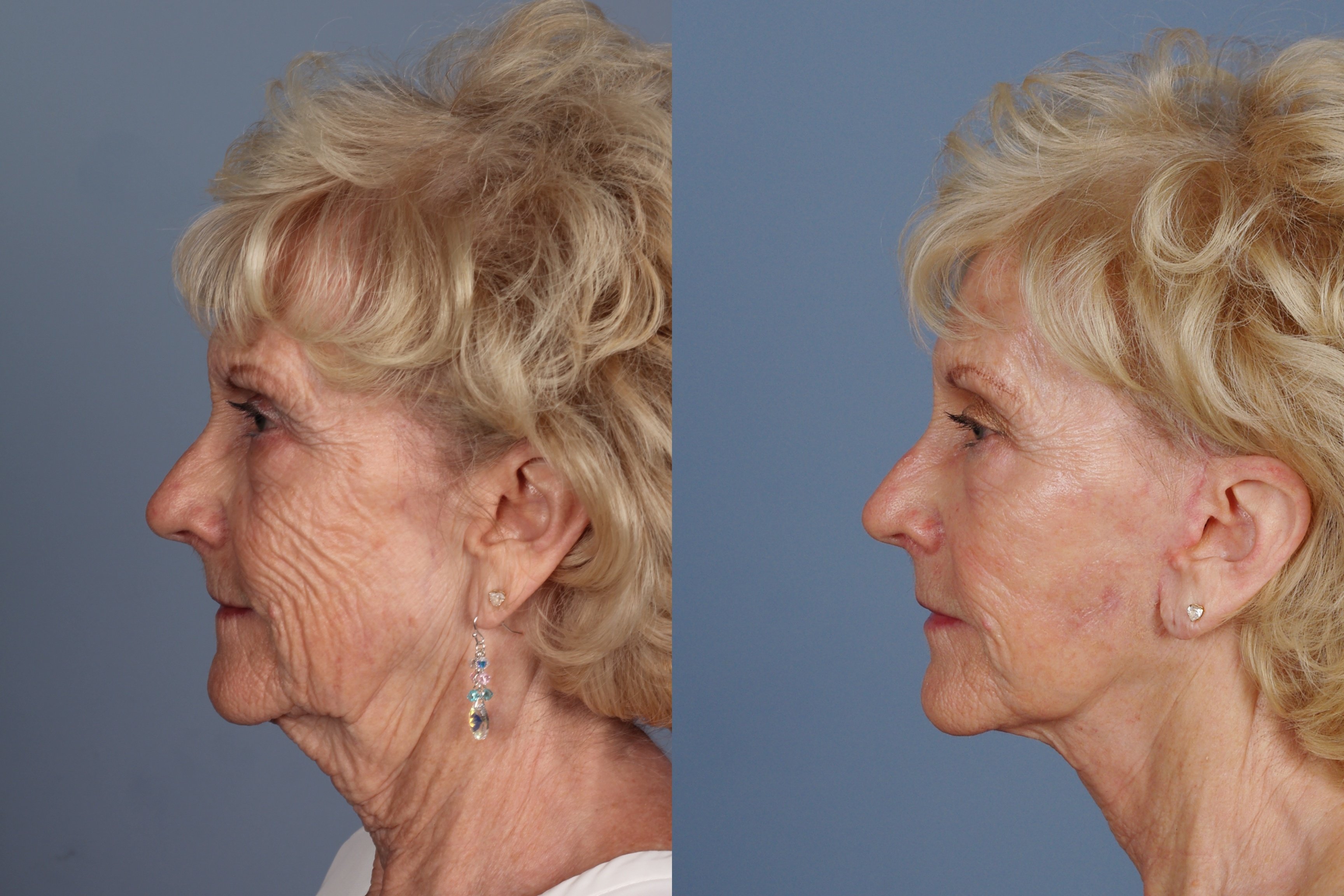
.jpeg)



